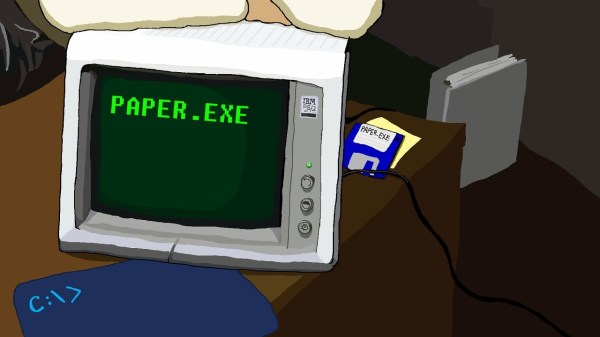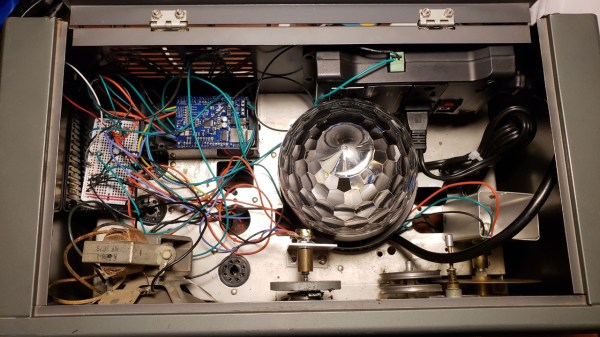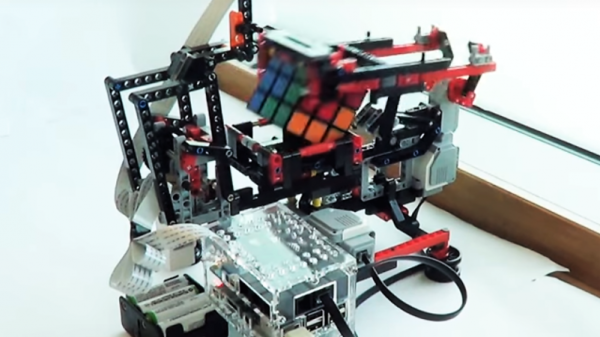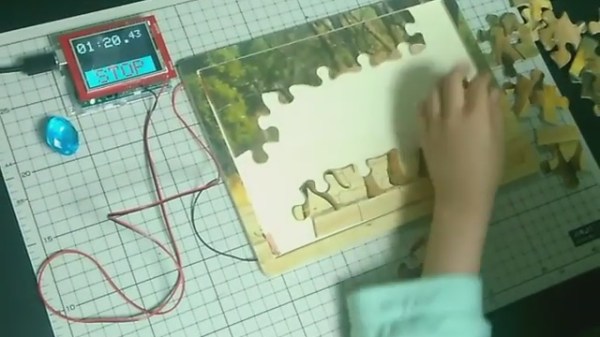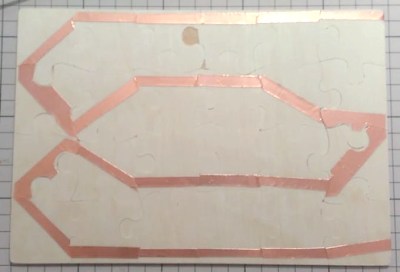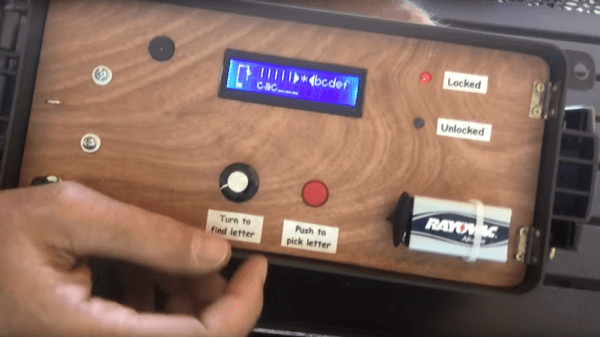As a layperson reading about some branches of mathematics, it often seems like mathematicians are just people who really like to create and solve puzzles. And, knowing that computer science shares a lot of its fundamentals with mathematics, we can assume that most computer scientists are also puzzle-solvers as well. This latest project from [tom7] shows off his puzzle creating and solving skills with a readable file which is also a paper, which is also a compiler for C programs, which can also play music.
[tom7] started off with the instruction set for the Intel 8086 processor. Of the instructions available, he wanted to use only instructions which are also readable in a text file. This limits him dramatically in what this file will be able to execute, but also sets up the puzzle. He walks through each of the hurdles he found by only using instructions that also code to text, including limited memory space, no obvious way of exiting the program once it was complete, not being able to jump backward in the program (i.e. looping), and a flurry of other issues that come up once the instruction set is limited in this way.
The result is a sort of C compiler which might not be the most efficient way of executing programs, but it sure is the most effective way of showing off [tom7]’s PhD in computer science. As a bonus, the file can also play an antiquated type of sound file due to one of the available instructions being a call for the processor to interact with I/O. If you want to learn a little bit more about compilers, you can check out a primer we have for investigating some of their features.
Thanks to [Greg] for the tip!
Continue reading “A Compiler In Plain Text Also Plays Music”

